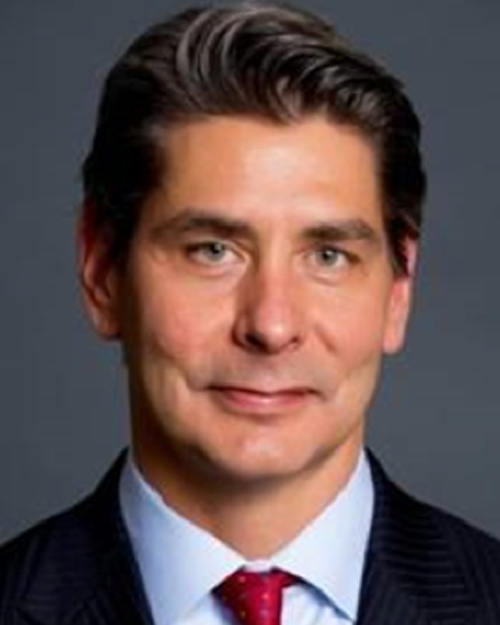Executive Vice President and Chief Operating Officer, TeamHealth Inc.
Dissertation Title
A Crisis in Care: Evaluating the Causes and Consequences of Burnout among Emergency Physicians
Dissertation Abstract
For many physicians, the growing list of mandates and the unrelenting pace of change in today’s health care have taken a toll, leading to burnout. The consequences of burnout extend well beyond the impact on the individual provider, with physician burnout linked to a decrease in patient satisfaction, an increase in preventable medical errors, and increased levels of staff turnover. Consequently, the high rates of burnout reported among U.S. physicians might be considered not only as a symptom of dysfunction in the health care delivery system but also as a factor contributing to the dysfunction.
While burnout exists to a considerable degree across all medical specialties, studies have suggested that the practice of emergency medicine (EM) can be notably unhealthful, with as high as 50% of EM providers indicating some level of burnout. While past research has identified many factors that contribute to burnout among EM providers, surprisingly, there is an absence of research that objectively assesses the link between actual workload intensity (patients per physician hour) to professional burnout.
This research sought to fill that gap with a two-part study design, with the first part using a within-group means-testing for significance evaluating the impact of workload intensity (average patients per hour) on self-assessed levels of burnout (and each of the associated subscales of burnout). Building upon the findings of part one of the study, the second part was more exploratory and used a series of correlation analyses along with multivariable regression analyses to assess the predictors of burnout and to develop a predictive model.
The results of this study establish that workload intensity is not associated with higher levels of burnout and that other factors including age-determinants, the number of hours worked, the availability of compensating resources in the form of medical scribes, and the level of substitute labor resources are better predictors of burnout. This study also concluded that contrary to other findings available in research, clinician engagement is not merely a progressive effect or a predictor of burnout, but an outright cause of burnout as the cumulative effects of internal and external stressors deprive the clinician of meaning and purpose in work (disengagement), which in turn, causes burnout.
Findings and associated recommendations from this research will guide and inform several key healthcare industry stakeholders, including healthcare policy advocates, health system leaders, state and federal regulators, and perhaps most importantly, the clinicians and the patients they seek to serve.
